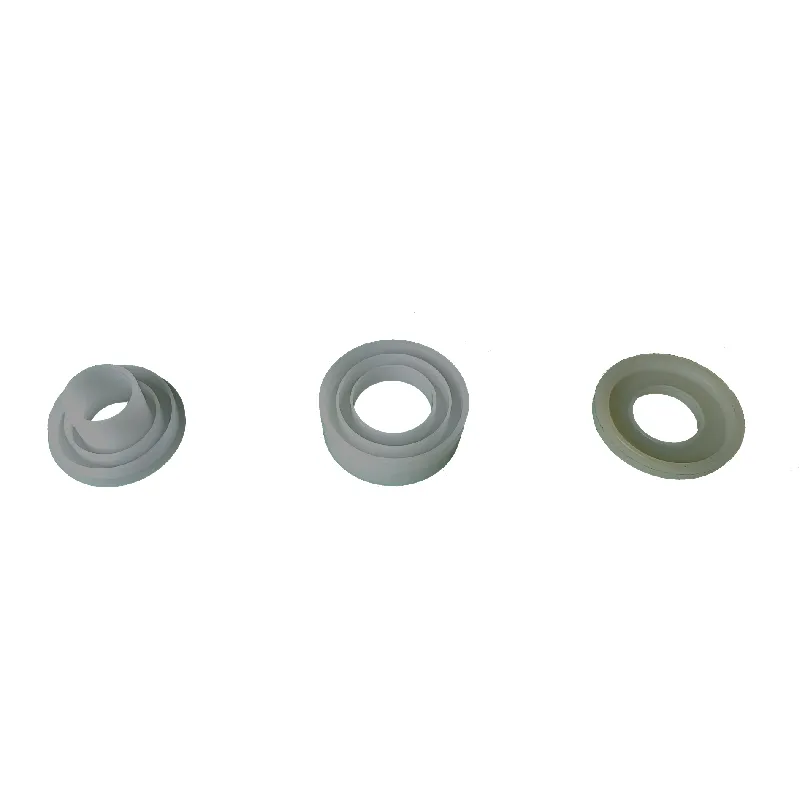 Afrikaans
Afrikaans  Albanian
Albanian  Amharic
Amharic  Arabic
Arabic  Armenian
Armenian  Azerbaijani
Azerbaijani  Basque
Basque  Belarusian
Belarusian  Bengali
Bengali  Bosnian
Bosnian  Bulgarian
Bulgarian  Catalan
Catalan  Cebuano
Cebuano  Corsican
Corsican  Croatian
Croatian  Czech
Czech  Danish
Danish  Dutch
Dutch  English
English  Esperanto
Esperanto  Estonian
Estonian  Finnish
Finnish  French
French  Frisian
Frisian  Galician
Galician  Georgian
Georgian  German
German  Greek
Greek  Gujarati
Gujarati  Haitian Creole
Haitian Creole  hausa
hausa  hawaiian
hawaiian  Hebrew
Hebrew  Hindi
Hindi  Miao
Miao  Hungarian
Hungarian  Icelandic
Icelandic  igbo
igbo  Indonesian
Indonesian  irish
irish  Italian
Italian  Japanese
Japanese  Javanese
Javanese  Kannada
Kannada  kazakh
kazakh  Khmer
Khmer  Rwandese
Rwandese  Korean
Korean  Kurdish
Kurdish  Kyrgyz
Kyrgyz  Lao
Lao  Latin
Latin  Latvian
Latvian  Lithuanian
Lithuanian  Luxembourgish
Luxembourgish  Macedonian
Macedonian  Malgashi
Malgashi  Malay
Malay  Malayalam
Malayalam  Maltese
Maltese  Maori
Maori  Marathi
Marathi  Mongolian
Mongolian  Myanmar
Myanmar  Nepali
Nepali  Norwegian
Norwegian  Norwegian
Norwegian  Occitan
Occitan  Pashto
Pashto  Persian
Persian  Polish
Polish  Portuguese
Portuguese  Punjabi
Punjabi  Romanian
Romanian  Russian
Russian  Samoan
Samoan  Scottish Gaelic
Scottish Gaelic  Serbian
Serbian  Sesotho
Sesotho  Shona
Shona  Sindhi
Sindhi  Sinhala
Sinhala  Slovak
Slovak  Slovenian
Slovenian  Somali
Somali  Spanish
Spanish  Sundanese
Sundanese  Swahili
Swahili  Swedish
Swedish  Tagalog
Tagalog  Tajik
Tajik  Tamil
Tamil  Tatar
Tatar  Telugu
Telugu  Thai
Thai  Turkish
Turkish  Turkmen
Turkmen  Ukrainian
Ukrainian  Urdu
Urdu  Uighur
Uighur  Uzbek
Uzbek  Vietnamese
Vietnamese  Welsh
Welsh  Bantu
Bantu  Yiddish
Yiddish  Yoruba
Yoruba  Zulu
Zulu Components and Roles of Belt Conveyor Systems in Material Handling
Belt Conveyor Parts and Functions
Belt conveyors are essential mechanical systems widely utilized in various industries, including manufacturing, mining, and logistics. They efficiently transport materials from one location to another, making them vital for streamlining production processes. Understanding the components of belt conveyors and their respective functions is crucial for improving efficiency and ensuring smooth operation. In this article, we will explore the primary parts of a belt conveyor and their functions.
1. Conveyor Belt
The conveyor belt is the most critical component of the system. It is usually made of materials like rubber, fabric, or metal, specifically designed to handle the material being transported. The primary function of the conveyor belt is to transport materials from one end of the conveyor to the other. Different belts are suited for different applications; for instance, a belt designed for carrying heavy loads needs to be stronger and more durable than one meant for lighter products.
2. Pulley System
The pulley system consists of two or more pulleys, which are wheels that the belt wraps around. The primary function of the pulleys is to change the direction of the belt and create tension in the belt, which is crucial for effective operation. The drive pulley, usually located at the discharge end, is powered by a motor and causes the belt to move. The tail pulley, located at the loading end, helps maintain the tension needed for the belt’s movement.
3. Drive Motor
The drive motor is a vital component that powers the conveyor system. It converts electrical energy into mechanical energy, which is then transmitted to the drive pulley. Different types of motors can be used, including AC, DC, and variable frequency drives (VFDs), allowing for greater flexibility and control over speed and torque according to the requirements of the application.
belt conveyor parts and functions

Idler rollers support the conveyor belt as it moves and provide a mechanism for maintaining the belt’s tension. They are essential for minimizing friction and wear on the belt, which helps prolong its lifespan. In addition, idler rollers assist in maintaining the stability of the load on the conveyor. Typically, idlers are placed at intervals along the conveyor's length, depending on the belt’s width and the intended load.
5. Chassis and Frame
The chassis or frame is the backbone of the conveyor system, providing structural support for all the components. It is designed to withstand the weight and dynamic forces acting on the conveyor during operation. Usually made of steel, aluminum, or other durable materials, the frame must be robust enough to support the load, yet designed for ease of maintenance and assembly.
6. Hoppers and Chutes
Hoppers and chutes guide materials onto and off the conveyor belt. Hoppers are used to collect and distribute bulk materials, while chutes help direct the flow of material from the conveyor to other equipment or containers. The design of these components is crucial to ensure efficient loading and unloading and prevent material spillage.
7. Sensors and Control Systems
Modern belt conveyors often incorporate various sensors and control systems for enhanced performance. These can include speed sensors, load cells, and position sensors that monitor the conveyor’s operation and ensure optimal performance. Control systems can automate functions such as starting, stopping, and adjusting speed, thereby improving safety and efficiency.
In conclusion, understanding the parts and functions of belt conveyors is vital for anyone involved in industries that utilize these systems. By recognizing the roles of components like the conveyor belt, pulley system, drive motor, and various supportive structures, operators can better maintain and optimize conveyor performance, leading to increased productivity and safer working environments. As technology progresses, we can expect further innovations in conveyor design, which will enhance their functionality and efficiency even more.
-
Revolutionizing Conveyor Reliability with Advanced Rubber Lagging PulleysNewsJul.22,2025
-
Powering Precision and Durability with Expert Manufacturers of Conveyor ComponentsNewsJul.22,2025
-
Optimizing Conveyor Systems with Advanced Conveyor AccessoriesNewsJul.22,2025
-
Maximize Conveyor Efficiency with Quality Conveyor Idler PulleysNewsJul.22,2025
-
Future-Proof Your Conveyor System with High-Performance Polyurethane RollerNewsJul.22,2025
-
Driving Efficiency Forward with Quality Idlers and RollersNewsJul.22,2025





























